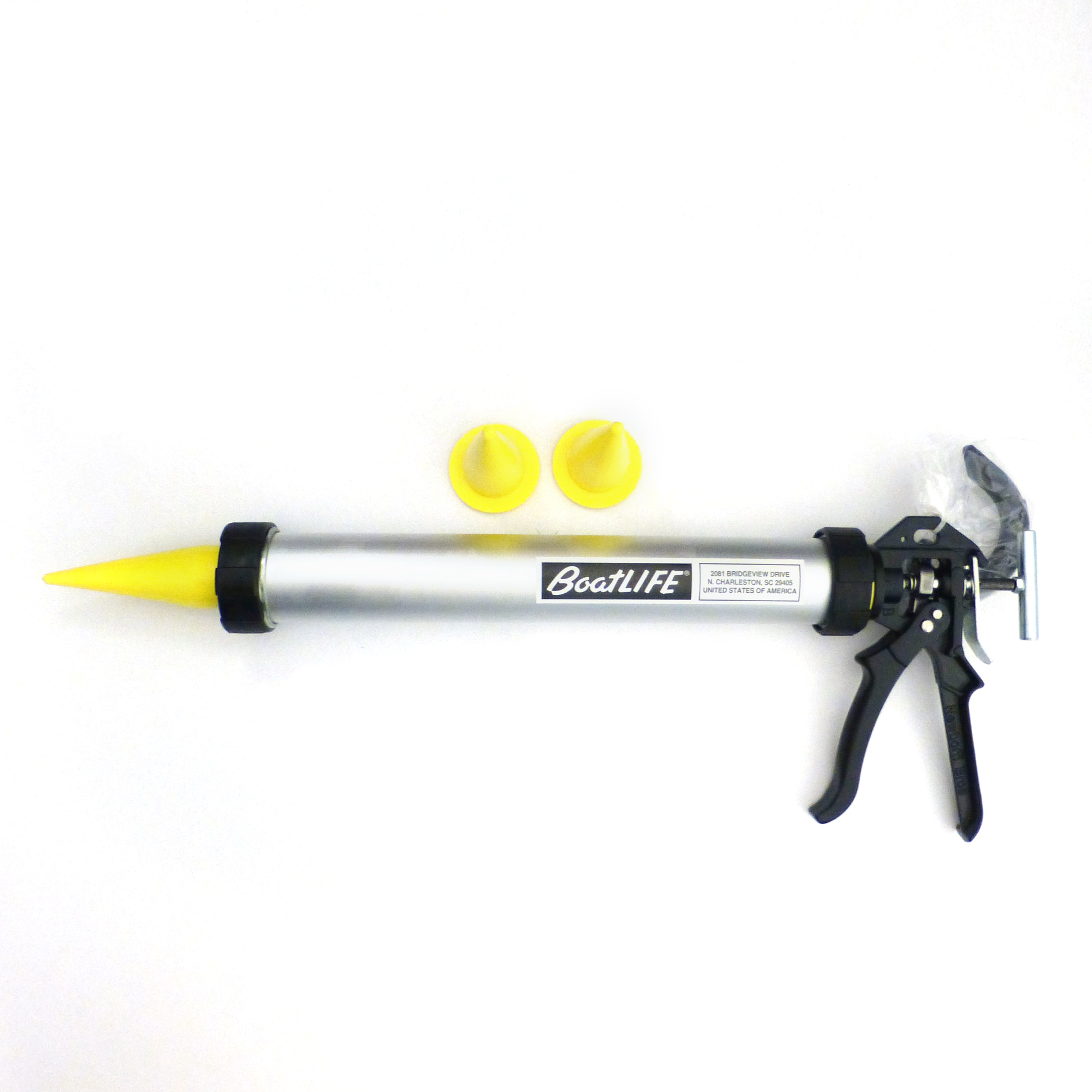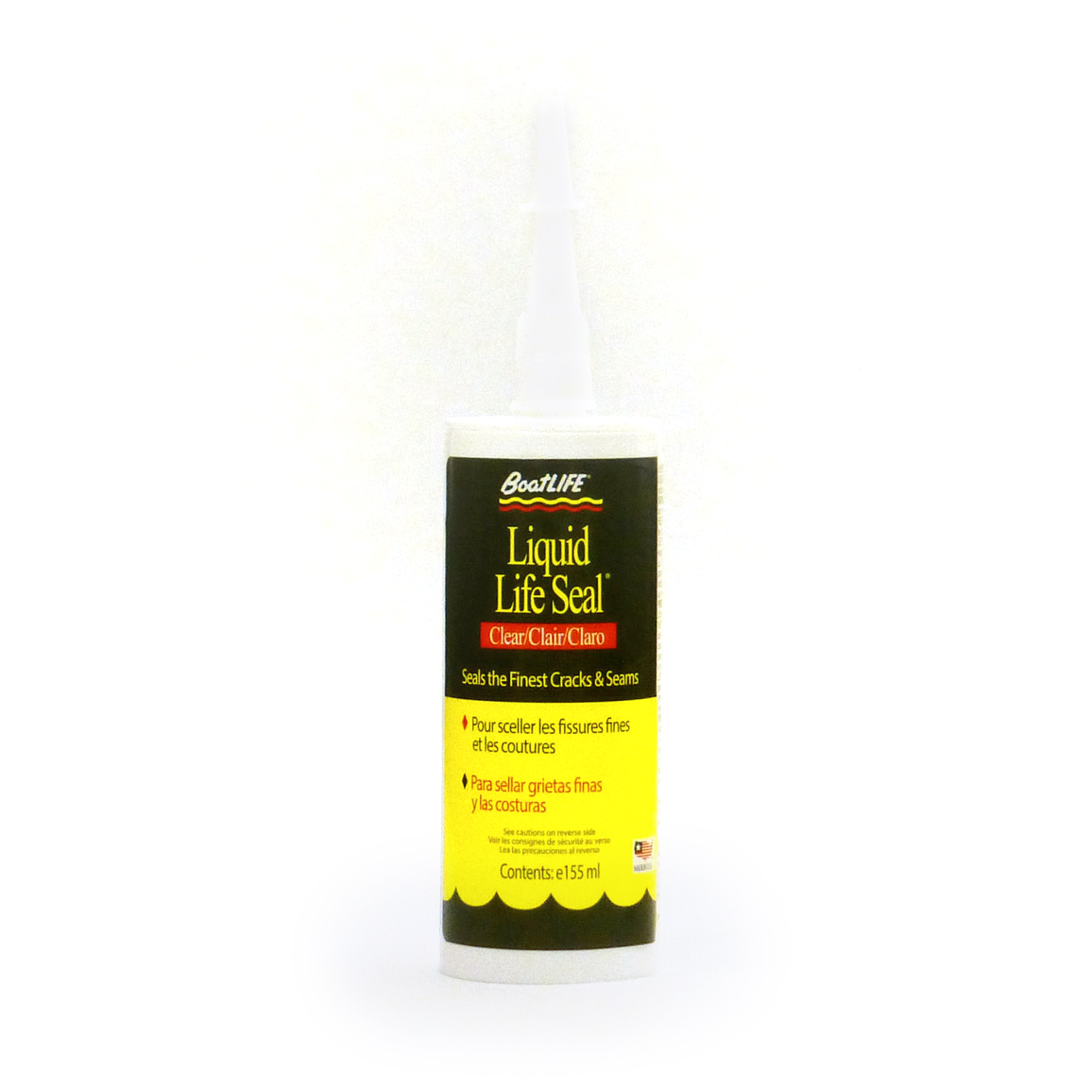If you’ve ever
glanced at your boat and decided that the original color needs restoration,
then a polish may be in order. Boat polishing—and the process that goes with
it—is essential not only for ensuring that your boat looks good, but to actually maintain and protect the integrity of
your hull for the long haul. In boating, after all, there’s often some overlap
between looking good and the boat
being healthy.
So how do you
actually go about this process in a way that will leave a lasting impact on the
quality of your boat’s hull? Let’s take you through some essential yet
oft-overlooked steps to make sure that you squeeze the most value out of the
boat polish you buy.
Step One: Compounding
Before you start with
the boat polish, you’d be amazed at what kind of improvements you’ll see just
from starting out with a simple compound like Fiberglass Rubbing
Compound.
This is essentially a “liquid abrasive” that helps you scrub out all of the
inconsistencies and debris that might have lodged themselves in your boat’s
hull. If you’re going to get the most out of your boat polish, you’re going to
have to make sure the fiberglass is clear and ready for the polish—and that
means exposing as much surface area as possible, even on the “micro” level.
Use a polisher and a
pad to apply this compound, and make sure to do a thorough job. Watch for
missed spots and don’t be afraid to get your hands in there and really go to
work—consider it a labor of love. Once your hull is ready, you’ll be able to
move on to the next step.
Safety note: Wear eye protection during this
stage—in fact, it’s safe to wear eye protection in the form of safety goggles
throughout the entire process. Better that then get chemicals where you don’t
want them!
Step Two: Choosing and Applying Boat Polish
Pick a good boat
polish after the compounding stage—and polish your boat up to a bright and
glossy appearance. After the compounding stage, your boat hull should be much
more receptive to the polishing here.
Step Three: Waxing
The next question you
face is what kind of wax to apply to your boat. One of our standards is Life Wax, which is a formula
prepared for sailboats, power boats, water skis, sailboards, and many
fiberglass materials. This is a “no-buffing-necessary” wax that both protects
and finishes—if you do it right (including the compounding step) then you
likely won’t have to do this again for a matter of years. You should notice
that your boat will restore to its original color or at least a new sheen that
looks far more attractive than its previous discoloration—or, failing that,
that at least this will help to stop further discoloration on your hull.
The waxing stage is
essential for keeping the polish intact and protecting your hull for the
long-term. Handle your hull with care and you’ll be sure to protect its quality
and attractiveness for years to come.





